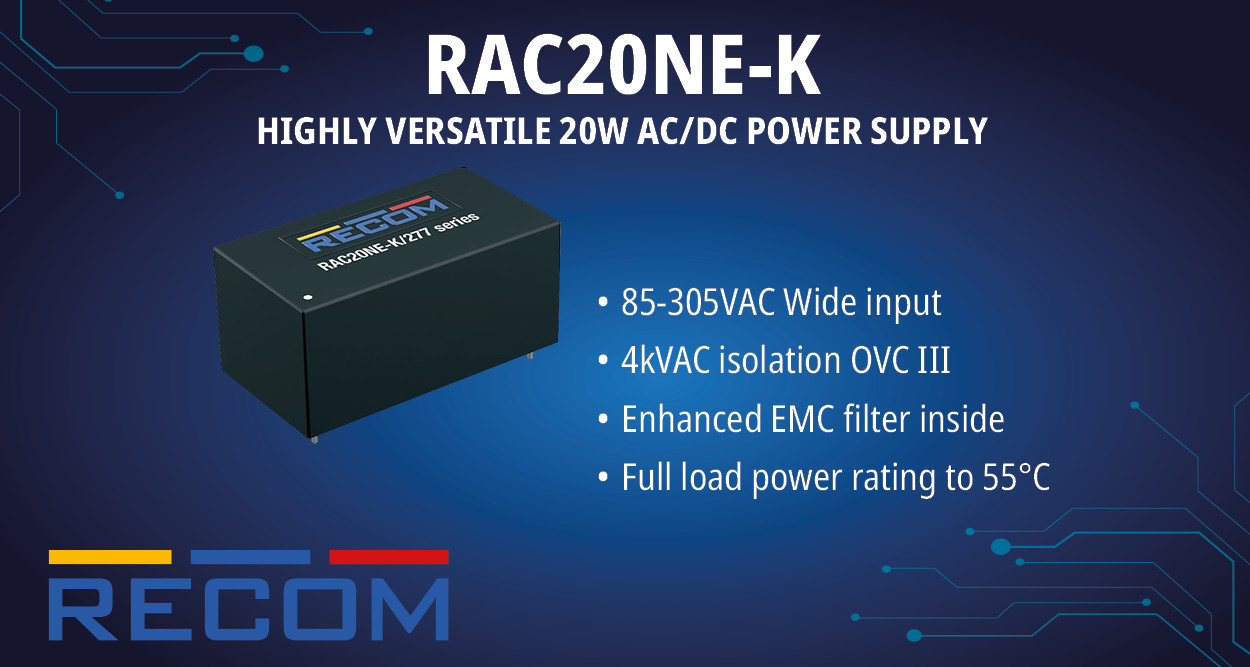Data centers have always been the strong pillar supporting the digital world. They keep everything from cloud services to AI models functioning seamlessly around the clock. However, this explosive growth follows the challenge of energy consumption, which is only skyrocketing. Cooling systems, which prevent servers from overheating, account for a massive portion of a data center’s power usage. This is driving up costs and putting sustainability efforts to the test. Since nearly every watt of electricity that powers servers, networking gear, and storage devices eventually turns into heat, cooling is a year-round necessity. To alleviate the effects of the rising heat output, the industry is exploring ways to repurpose it rather than simply venting it into the air, straining the environment.
As AI workloads grow more complex, conventional cooling methods are struggling to keep up. Experts predict that data center electricity consumption could double or even triple by 2028. Thus, exploring breakthroughs in cooling becomes a necessity. Currently, the industry stands at a crossroads; what happens next will define not only the efficiency of data centers but also their role in shaping a more sustainable digital future. This year, the journey of rethinking cooling systems is producing game-changing innovations, making data centers leaner, greener, and more resilient.
Here are the top five innovations that could lead the way in 2025.
1. Direct-to-Chip Cooling
As computing power surges to new heights, so does the challenge of managing heat at its source. Direct-to-chip cooling is emerging as one of the most efficient ways to tackle this problem, offering a targeted approach that cools processors exactly where heat is generated. Unlike traditional methods that cool entire racks or rooms, this system delivers liquid coolant directly to the chips through microchannels embedded in heat sinks or cold plates. This results in immediate heat dissipation, reduced thermal resistance, and significantly improved cooling efficiency for high-performance workloads. This method is particularly effective for CPUs and GPUs, which are the workhorses of AI, machine learning, and high-performance computing (HPC). By eliminating the need for bulky air-based cooling systems, direct-to-chip cooling supports denser, more compact data center designs, enabling operators to maximize processing power without
2. AI-Driven Cooling Optimization
In the quest for more efficient data center operations, AI-driven cooling optimization has emerged as a transformative approach. By leveraging artificial intelligence, data centers can monitor critical parameters such as temperature, humidity, and workload distribution in real-time. This continuous monitoring allows AI systems to automatically adjust cooling mechanisms, ensuring optimal performance and energy efficiency. The advantages of this technology are substantial. Predictive maintenance, powered by AI, can foresee potential system failures, thereby reducing unexpected downtime. Moreover, by dynamically adjusting cooling based on real-time data, AI prevents uneven temperature distribution, leading to significant energy savings. This adaptability also means that data centers can efficiently scale their cooling solutions to accommodate diverse and fluctuating workloads.
3. Liquid Immersion Cooling
With AI and high-performance computing pushing data centers to their limits, traditional air-based cooling is struggling to keep up. That’s where liquid immersion cooling is making a game-changing impact. Instead of relying on energy-hungry air conditioning, servers are fully submerged in a specialized, non-conductive liquid, which absorbs heat far more efficiently than air. This direct-contact cooling method dramatically reduces energy consumption, slashes reliance on traditional cooling infrastructure, and ensures optimal performance even under extreme workloads.
Data centers using immersion cooling report significantly lower power usage effectiveness (PUE) ratios, reduced water consumption, and longer hardware lifespans due to stable operating temperatures. More importantly, it enables higher-density computing, a critical advantage as AI models and machine learning workloads become increasingly demanding.
4. Renewable Energy-Powered Cooling Systems
With data centers consuming massive amounts of power, integrating renewable energy into cooling systems is becoming a crucial step toward reducing environmental impact. By leveraging solar, wind, and other renewable sources, data centers can power advanced cooling solutions while significantly cutting carbon emissions. Beyond reducing their carbon footprint, renewable-powered cooling systems lessen dependency on fossil fuels, making operations more resilient against energy price fluctuations. Over time, this translates to lower operational costs, as renewables become more affordable and scalable. Additionally, as governments worldwide tighten regulations around energy consumption and carbon neutrality, adopting green cooling technologies helps data centers stay ahead of evolving sustainability mandates.
5. Heat Reuse Systems
For years, the massive amounts of heat generated by data centers were seen as an unavoidable byproduct, something to be dissipated as efficiently as possible. But with sustainability emerging at the forefront, heat reuse systems are transforming this excess heat into a valuable asset. Instead of wasting thermal energy, data centers are now capturing it and redirecting it for practical applications such as district heating systems, industrial processes, and even agricultural greenhouses. By repurposing heat, data centers can reduce their own cooling demands, lowering overall energy consumption while contributing to a circular energy ecosystem. This shift not only improves energy efficiency but also aligns with global decarbonization efforts, helping businesses meet sustainability targets without sacrificing performance.
Leading data centers in colder regions are already partnering with municipalities to supply excess heat to residential and commercial buildings. As these initiatives expand, heat reuse is proving to be an opportunity to turn one of the biggest operational challenges in data centers into a driver of efficiency and sustainability.
Looking Ahead
These groundbreaking innovations are set to redefine the data center cooling landscape, ushering in a new era of efficiency, sustainability, and performance. Embracing these technologies will not only lower operational costs but also play a pivotal role in the global push toward net-zero carbon emissions, paving the way for a greener, more resilient digital future.

By Mr. Preetam Shah, Director – Edge Thermal Product/Offering Management (ASI), Vertiv India

















